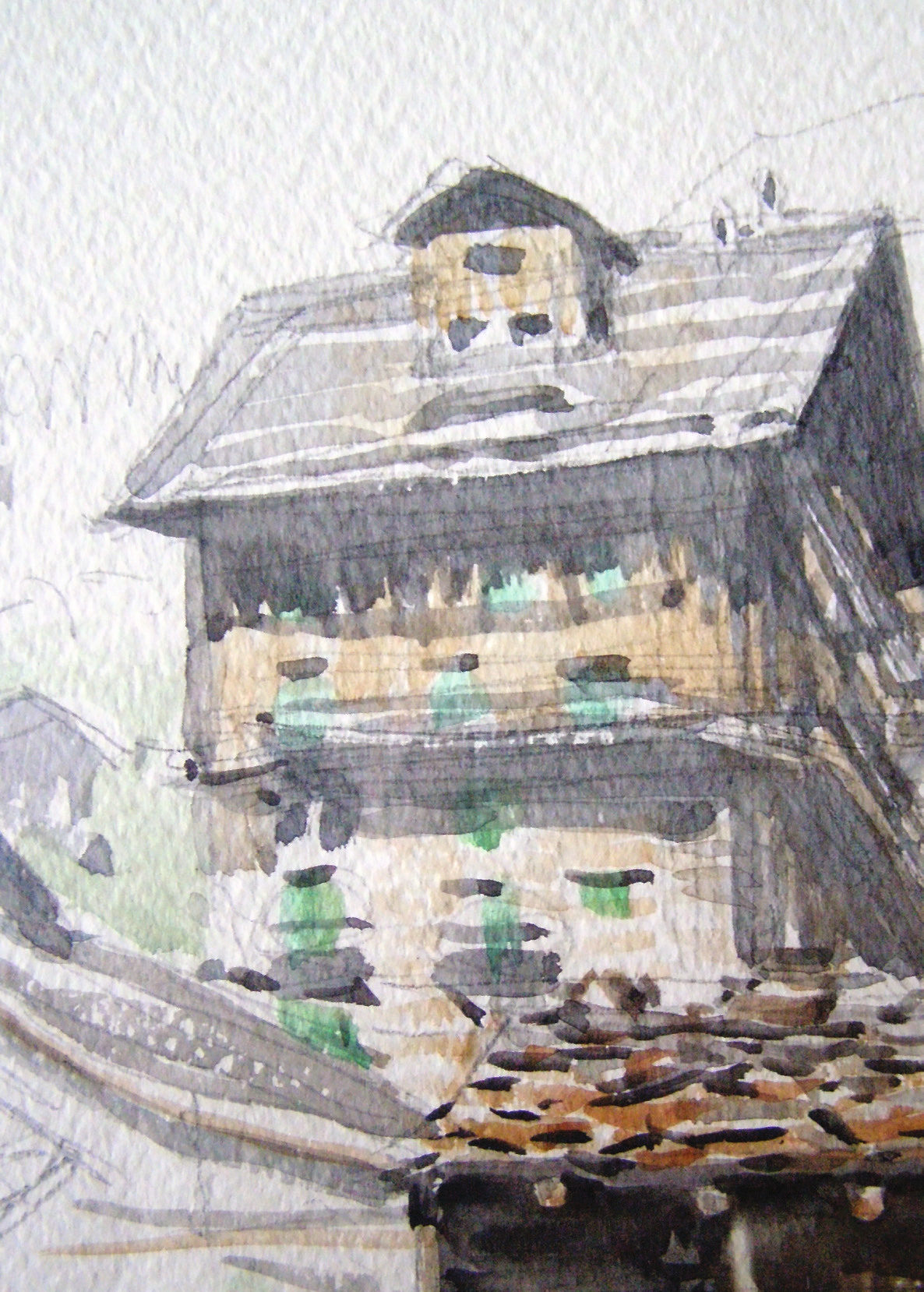
In the early 1960s, the author’s parents chose Valtournenche for their vacations, buying a small apartment in a modernist building overlooking the Tersiva and Promoron mountains.
The apartment was part of a larger condominium, La Sirena, built by architect Mario Valente in the early 1960s. La Sirena was an impressive structure, blending traditional and modernist alpine design, a symbol of the changing landscape of Valtournenche, which was transitioning from a rural village to a popular tourist destination. Despite this change, the village retained its authentic charm, with each part of the city having its own personality, even smells. La Sirena was a curious blend of stone and wood, its design inspired by Valente’s love for the sea, despite the Alpine setting.
The building, with its striking architectural features, also represented a new era for the family. The architect’s utopian ideas were a common thread in his work, from the communal space Lotto Zero, which initially served as a shared social space but ended in conflicts among residents, to his dream of creating a self-sufficient community. However, the fantasy of the fish pond outside La Sirena, as well as the other eccentricities of the property, were short-lived, and over time the architect’s idealistic vision faded.
Valente’s adventurous spirit was also evident in his approach to the mountains. He even attempted climbing with the guide Antonio Carrel, surprising everyone with his willingness to embrace the challenges of mountaineering. Though more of a ‘man of the sea’, Valente’s imagination allowed him to conquer the mountains too, albeit in his own unique, unrestrained way.







